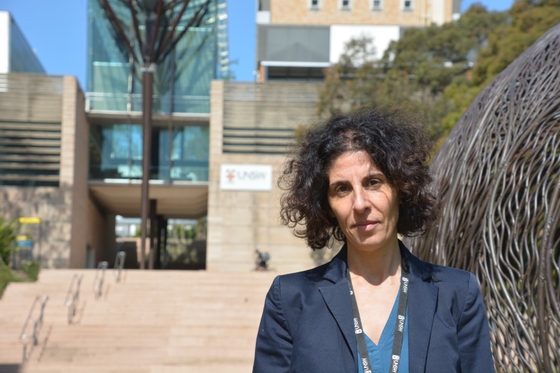Optical pacing of the heart
Dr Damia Mawad, University of New South Wales
2021 Vanguard Grant
Years funded: 2022-2024
Electronic pacing devices, such as the pacemaker or the defibrillator, are required when the conduction system is unable to sustain regular heart contraction. These devices are typically made of a pulse generator, electrodes, and a battery. Despite their tremendous therapeutic benefits, their use entail complications including infection risk at multiple sites in the body, dislodgement/failure of the leads/electrodes due to repetitive mechanical stress, and revision surgeries for battery replacement. Here, Dr Damia Mawad and team propose an optical pacing technology to overcome these challenges. The team will demonstrate that a thin film patch fabricated from soft materials that can convert optical signal into electric signal (optoelectronic) can adhere intimately to cardiac tissue without sutures, modulating its electrophysiology upon light illumination. The outcome will be an optical pacing technology that is leadless, lightweight, and durable. This is a highly desirable outcome to minimize preventable patient harm and healthcare costs.
You might also be interested in...

Q&A with Associate Professor Damia Mawad
The next generation of pacemakers: leadless, flexible and organic

New research to better control and treat life-threatening heart rhythm disorders
New research funded by the Heart Foundation aims to boost surgery success rates for life-threatening heart rhythm disorders (arrhythmias), leading to fewer Australians needing defibrillators installed in their chests.

Manual pressure augmentation in defibrillation of ventricular arrhythmias (AUGMENT RCT)
World first randomised controlled trial of cardiac arrest patients that compares MPA with standard ('hands off') defibrillation
Last updated01 April 2022